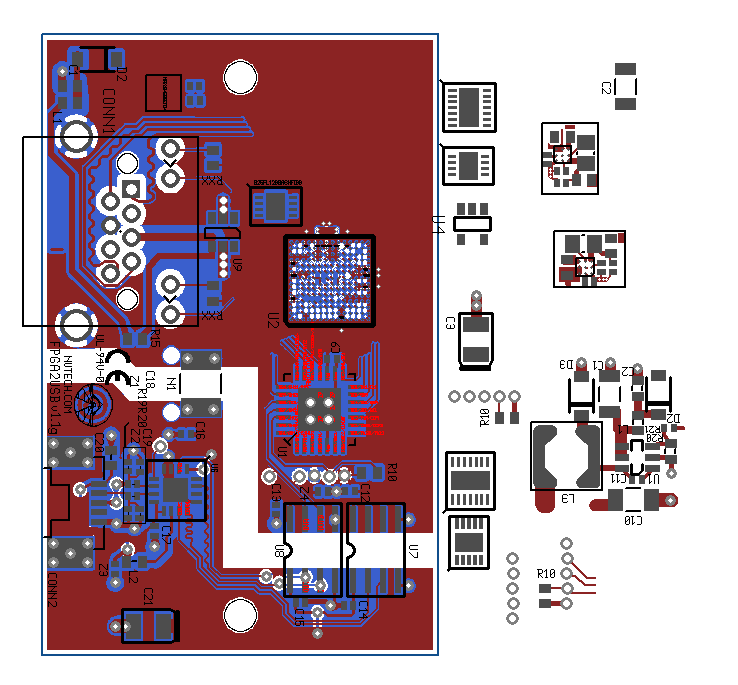I was working on a design using LMR22007 for a few reasons
1. Size the XBGA very small for my tiny board.
2. Wide input. External power is 12v in my case.
I just noticed today in looking over sourcing the part that it is EOL or soon to be EOL but I can not find any mention of its replacement or anything on TI offerings that comes close to these critical features.
Anyone know what would be a good replacement for building a small buck regulator for 3v and I also need 1.2v but will probably use a linear regulator for that if I can not find a good "dual" solution. I am currently fitting the circuit into 5mm x 6mm space.
Thanks for any help.
Re
Sean M



